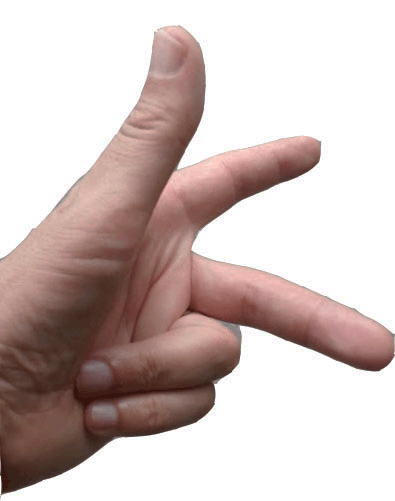NEED HELP? |
  |
| These questions are about magnets: |  |
|||||||||||||||||||||
1. Which of these is not a magnetic material?
|
||||||||||||||||||||||
2. Which of these diagrams shows the magnetic field lines around the north pole of a magnet?
|
||||||||||||||||||||||
3. Which one of these could not have a magnetic field around it?
|
||||||||||||||||||||||
4. When magnets and metal bars are close together they experience forces. Which row gives the correct description of the effect between these materials?
|
||||||||||||||||||||||
5. A magnetic compass points North. This shows that...
|
||||||||||||||||||||||
6. A student wants to demonstrate the magnetic field lines around a bar magnet. Paper is placed over a bar magnet and a finely powdered substance is sprinkled over the paper.
|
||||||||||||||||||||||
7. A uniform magnetic field can be produced between 2 permanent magnets. Which of the following arrangements of magnets will produce the field shown?
|
||||||||||||||||||||||
8. Some materials are easily magnetised when placed in a magnetic field, and then quickly lose their magnetism once the field is removed. These materials are used in electromagnets, and are called...
|
||||||||||||||||||||||
9. Fleming's Left Hand Rule can be used to predict the direction of the force on a wire carrying a current, when placed in a magnetic field. Which of these correctly identifies the fingers/thumb? |
 |
|||||||||||||||||||||
|
||||||||||||||||||||||